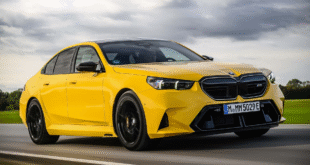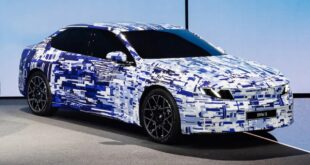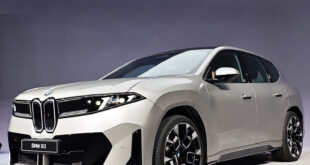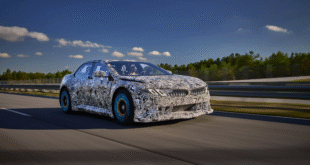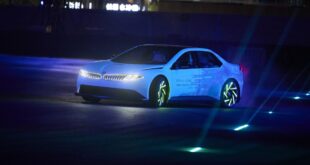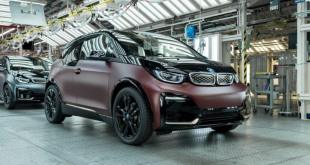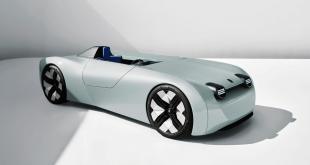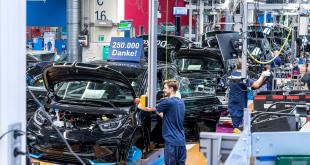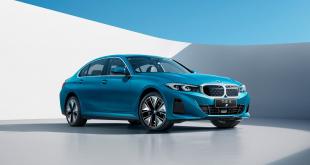The BMW i3 landed in 2013 as a radical rethink of urban mobility, a compact rear-drive EV that felt more like a working concept than a me-too hatch. Short, tall and poised, it parked BMW’s usual playbook and put engineering first, bringing big-car ideas to a small footprint.

Its structure paired a carbon-fibre “Life” module for passengers with a “Drive” module carrying motor, battery and suspension. Lightweight and a low centre of gravity gave the i3 instant response; the rear-mounted motor hustled it to 62mph in around 7.2 seconds, while the later i3s added extra shove, a wider track and a lower stance. Skinny tyres looked unconventional, but, teamed with the under-floor battery, kept the chassis calm and eager to change direction.
The cabin took the same clean-sheet approach: airy, minimalist and made from sustainable materials. Eucalyptus trim, recycled plastics and natural fibres sat alongside olive-leaf tanned leather, while a slim driver display and separate infotainment screen kept information clear and the floor uncluttered thanks to a floating console.

A tiny two-cylinder range extender was available for peace of mind, acting purely as a generator without driving the wheels. Early buyers faced depreciation and scepticism, yet time has been kind: battery longevity has proved robust for many cars, software updates improved charging behaviour, and running costs remain refreshingly modest.
Viewed today, the BMW i3 looks less like an oddball and more like a blueprint. Carbon construction, modular EV architecture and sustainability-led design are now everywhere—proof that the i3 simply arrived early, with the engineering to back up its bold shape.
 BMW.SG | BMW Singapore Owners Community The Ultimate BMW Community – Established Since 2001
BMW.SG | BMW Singapore Owners Community The Ultimate BMW Community – Established Since 2001
